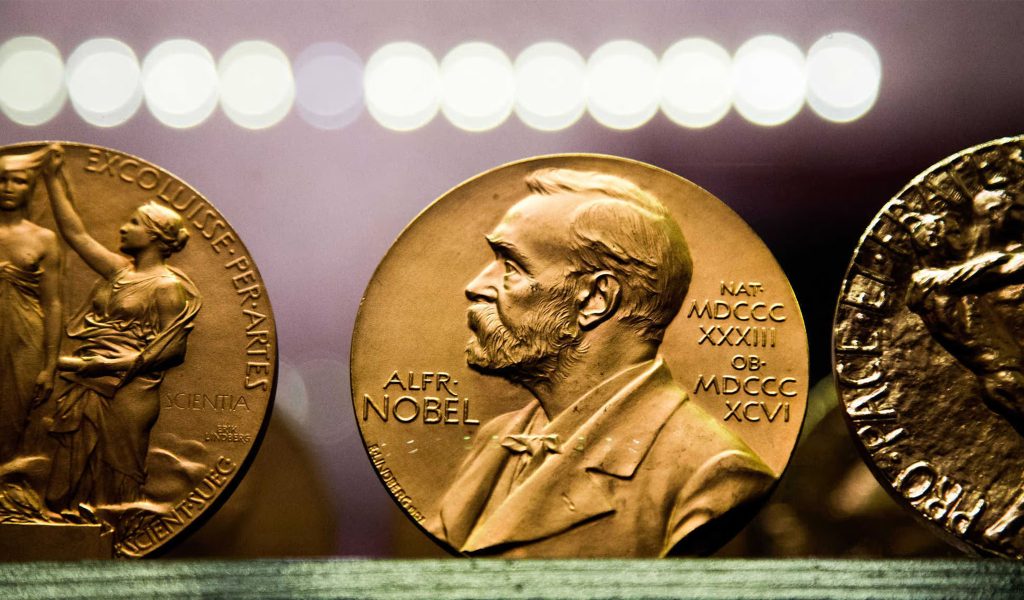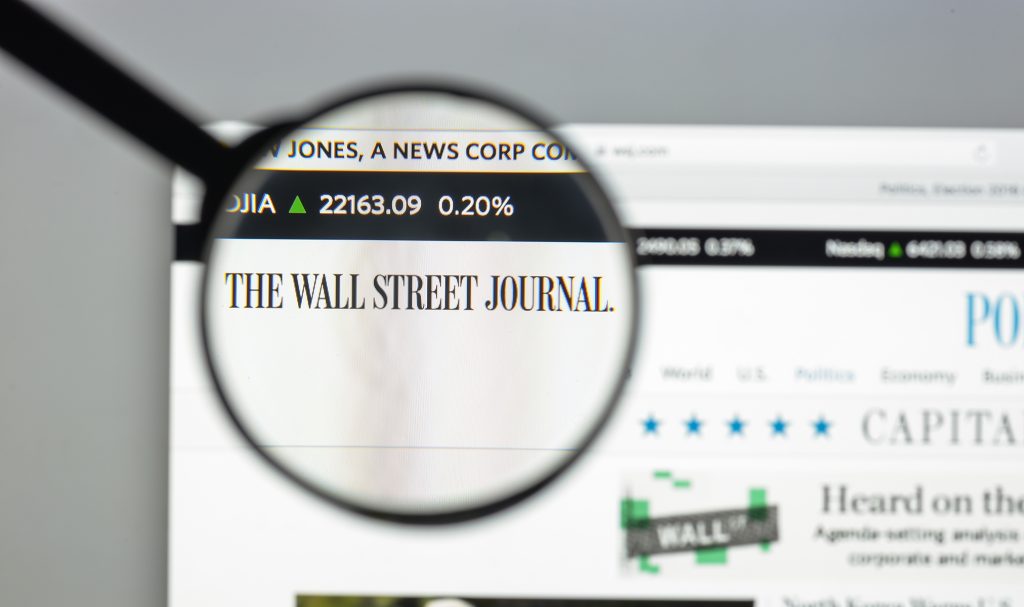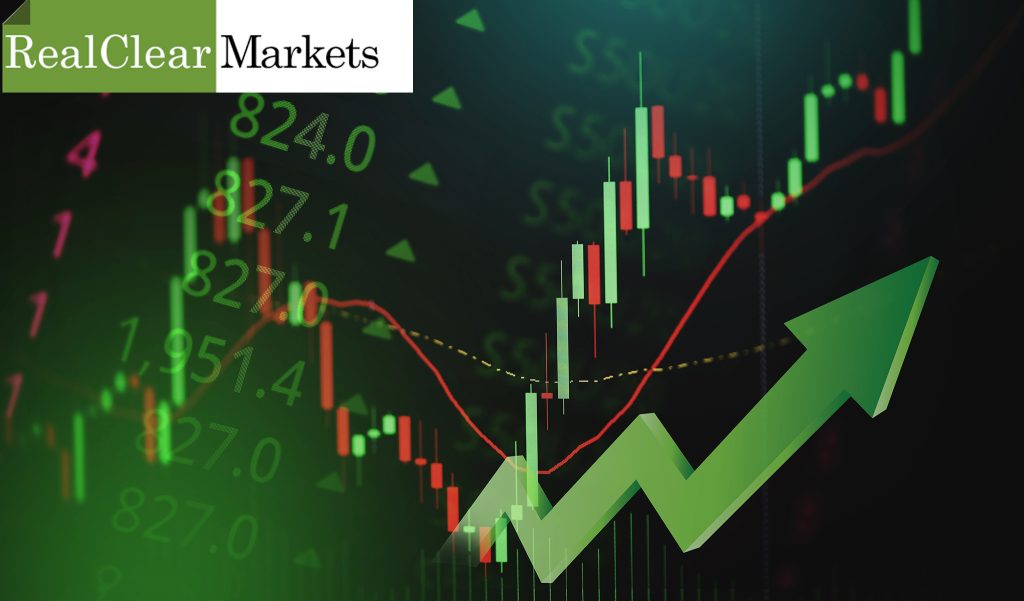A simple search on Google indicates that Warren Buffett’s Berkshire Hathaway has roughly $167 billion in cash or cash equivalents.
That one of the world’s foremost investors has so much cash on hand is telling. And it’s telling for it mocking the conceit of economic thinkers who routinely tie what they imagine is “inflation” to what they deem is one of the world’s foremost evils: fractional reserve banking. What’s funny about the obsession with the latter is that no less than Ludwig von Mises plainly understood that fractional reserves are to banking what the engine is to the car.
As Mises put it so pithily in The Theory of Money and Credit, banks borrow money in order to lend it. Throwaway line of all throwaway lines. A waste of words so throwaway was the line. Think about it. What could possibly be more elementary than financial institutions “renting” money from savers at a certain rate of interest, only to lend the money out to borrowers at higher rates?
Not to critics of banking. They believe that banks are acting as “counterfeiters” (look it up if you doubt this!) when they lend the funds they’ve rented. According to “money multiplier” theorists, $1,000 deposited in Bank A is lent to an individual who deposits the funds in Bank B, Bank B lends out most of the money deposited with it, only for the funds to be directed to Bank C, after which repeat what’s absurd over and over again.
As fractional-reserve critics see it, by earning money on the funds they pay interest to attract, banks are multiplying the circulation of dollars in concert with the dollar’s precipitous decline. But for one minor problem: there’s no “multiplication” to speak of. And if you doubt this, take $100 from your pocket and lend it to someone. And then reach in your pocket. You’ll have $100 fewer dollars. And if you bring the note to a bank in order to exchange the $100 loan for a dollar amount close to $100, rest assured the bank will have fewer dollars.
At the core of the “money multiplier” theory is that money in circulation is multiplied by banks, and as a consequence so is credit. Except that neither assumption holds true. Let’s consider credit first. Per Mises in The Theory of Money and Credit, people borrow money for what it can be exchanged for. Another waste of words so obvious is it. Seriously, why else would we borrow money other than to exchange it for goods, services and labor? In which case, no one would borrow money if banks could magically multiply money claims throughout the economy.
Where it becomes extra comical is that the self-proclaimed free market critics of fractional banking think banks must be reined in from their “counterfeiting” ways, and restrained from fractional lending. Which means critics seek more government meant to turn banks into bank warehouses. Yes, by the logic of the critics of fractional-reserve banking, we would pay banks for housing our funds.
Except that there’s no need for any of this. See Buffett yet again. Because Buffett has $167 billion in cash and cash equivalents on his books, money that, if the bank-obsessed are to be believed, is declining in value by the day as a consequence of banks lending out the money in their care. Ok, but who are you going to believe about banks, cash and the so-called “money multiplier”? Buffett, or rabid Austrian School theorists?
Republished from RealClear Markets





